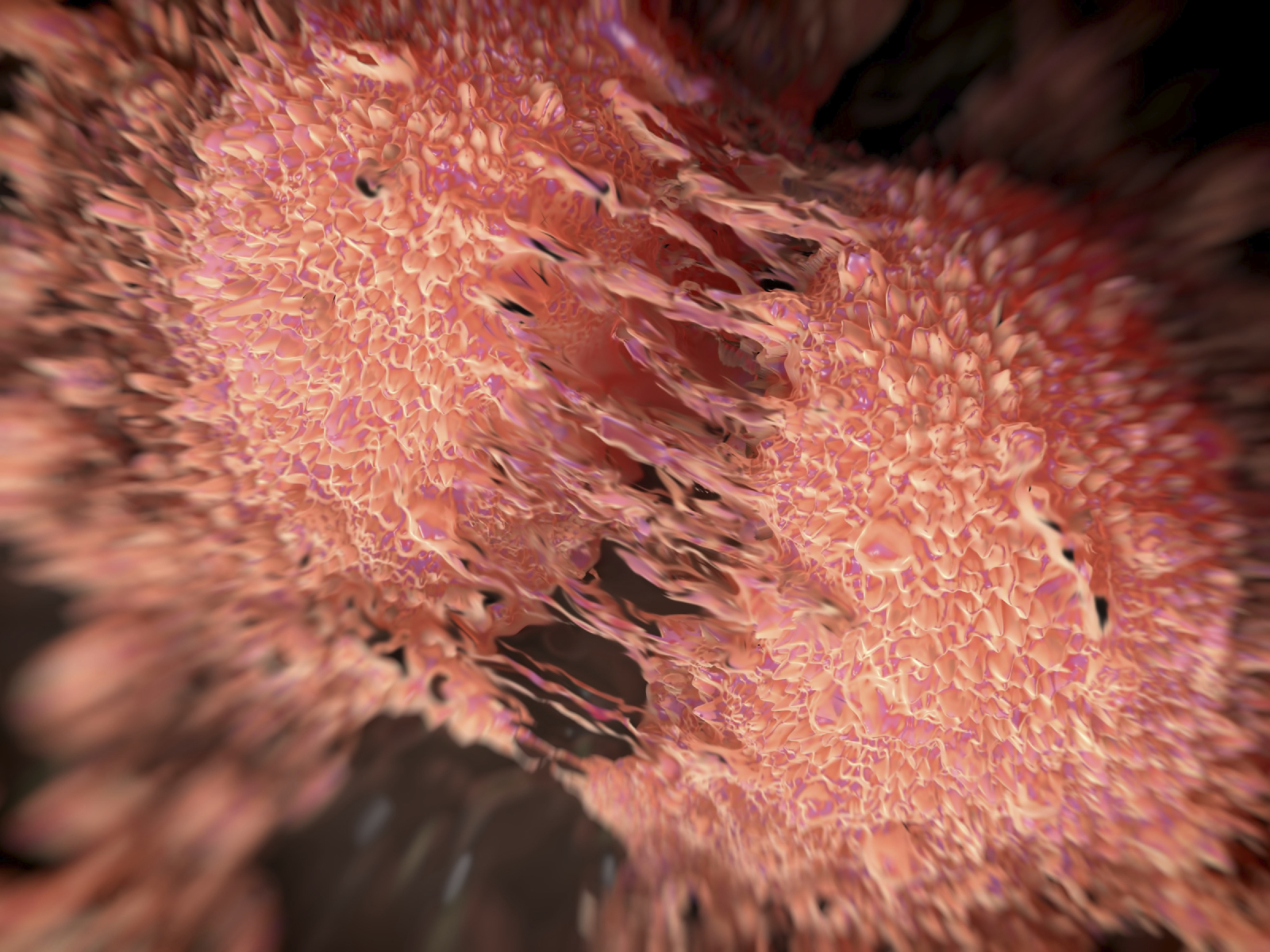Single round of chemo as effective as two rounds in testicular cancer – study

Lower doses of chemotherapy for testicular cancer patients may be just as effective as higher doses, a new study has found.
Patients in Europe are often given two cycles of adjuvant bleomycin, etoposide (360 mg/m2) as an additional treatment to testicle removal, which fails to cure many patients with high-risk primary testicular cancer since undetectable cancers are often present elsewhere.
The 111 Study, published in European Urology, compared patients given two cycles of the treatment to patients given one cycle at 500 mg/m2.
A total of 246 patients with vascular invasion–positive stage 1 nonseminoma germ cell tumours of the testis (NSGCTT) or combined seminoma + NSGCTT took part in the study. The primary endpoint was 2-year malignant recurrence (MR); the aim was to exclude a rate of ≥5%.
The study found that one cycle has few adverse effects and comparable outcomes to those seen with two cycles – the 500mg dose was safe and the 2-year MR rate was consistent with that seen following two 360mg cycles.
The authors note that adoption of one cycle of treatment as standard would reduce overall exposure to chemotherapy in a young population, and lead to fewer side effects for these patients while still being just as effective. It would also be cheaper.
Professor Robert Huddart, from the Institute of Cancer Research, said that the trial is “already changing clinical practice on a global scale”.
"Reducing the overall dose of chemotherapy could spare young men who have their whole lives ahead of them from long-term side-effects, and also means they will need fewer hospital visits for their treatment,” he added.
Cancer Research UK's head information nurse, Martin Ledwick, said: "Providing men with a kinder treatment option linked to fewer side-effects could make a huge difference to their quality of life.
"As more and more people survive cancer, it's essential to carry out studies like this, which look at how to improve things for people living with – and after – the disease."










